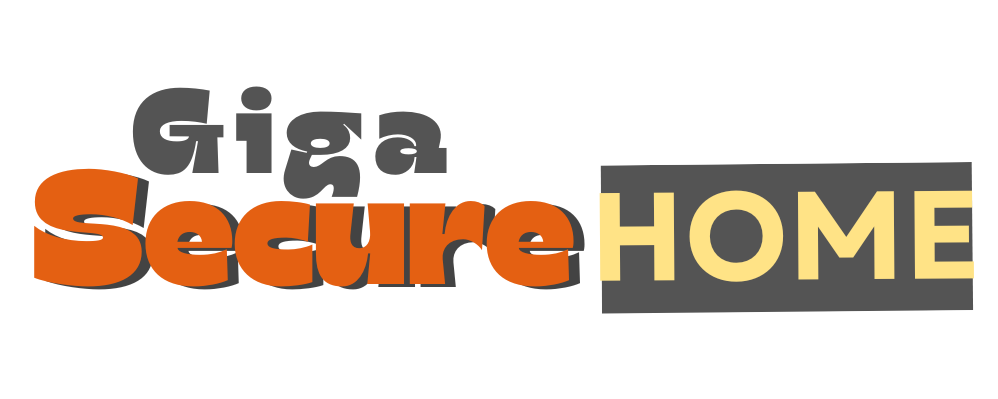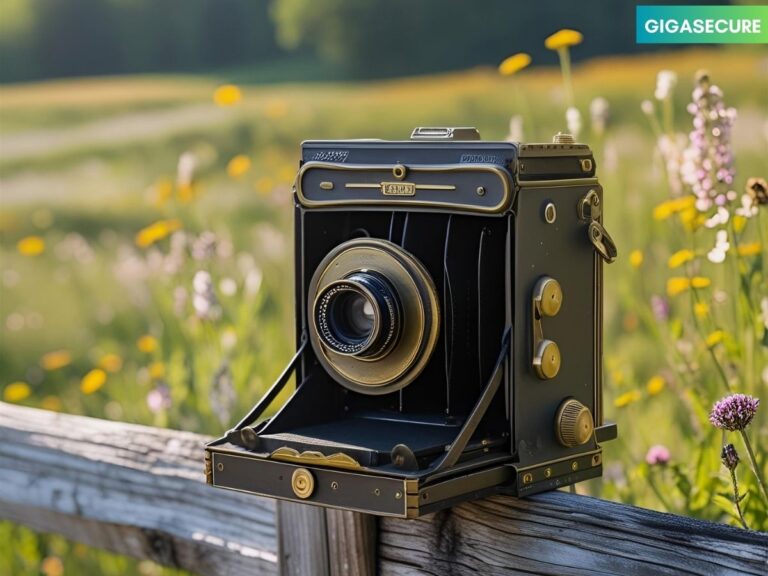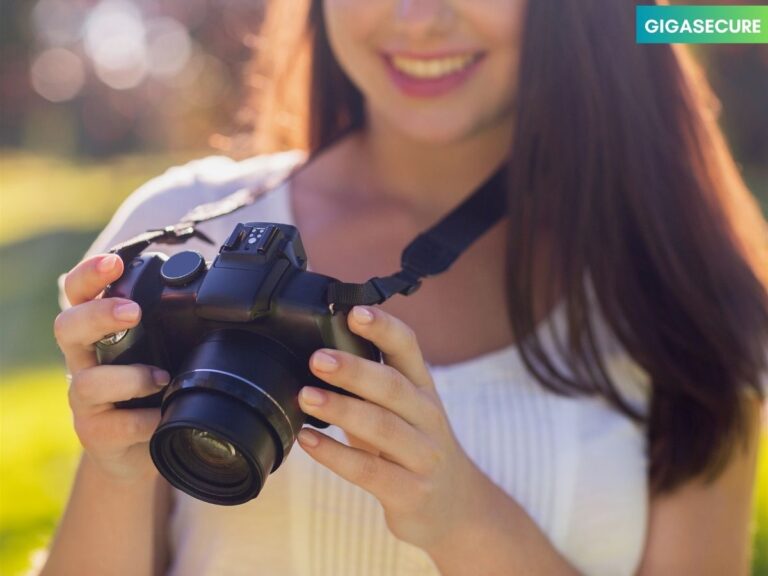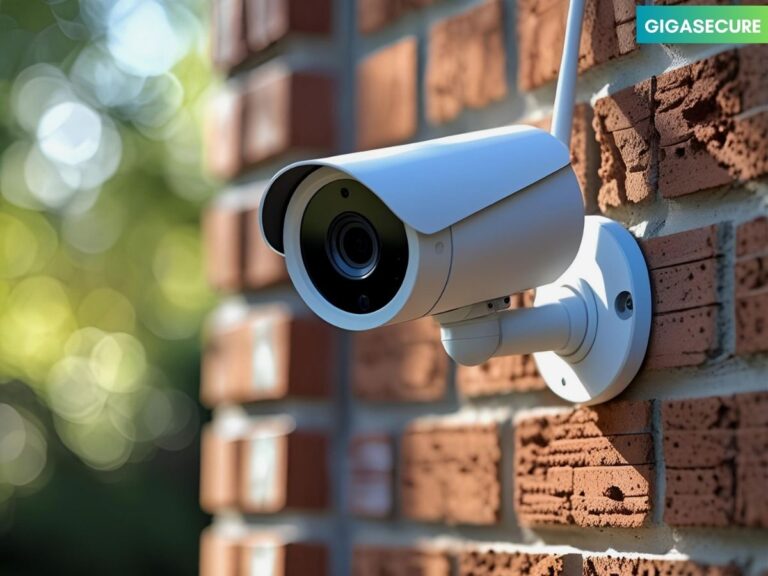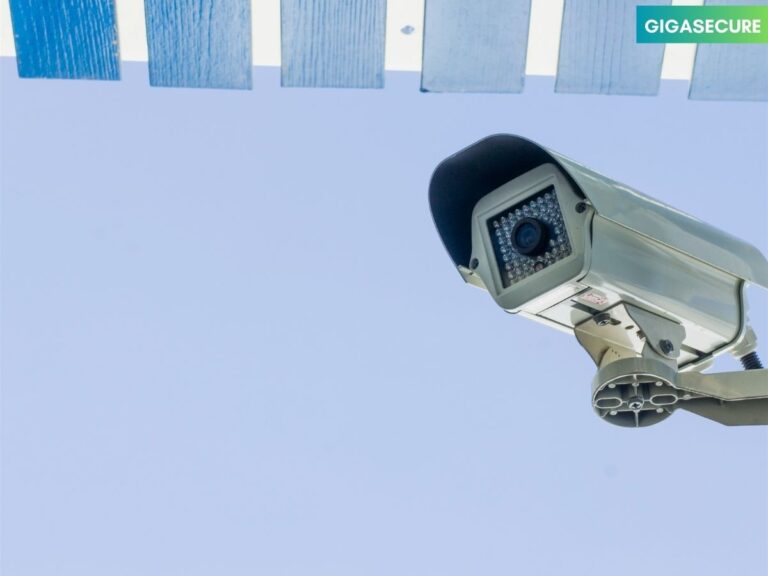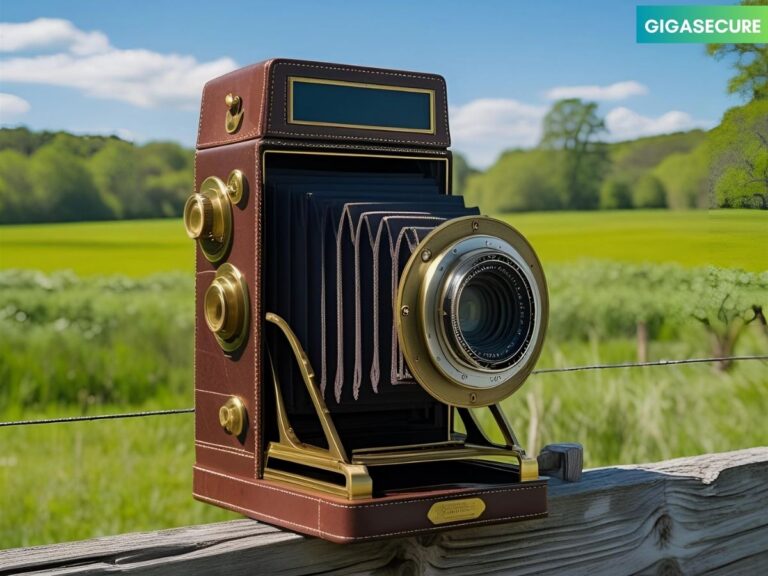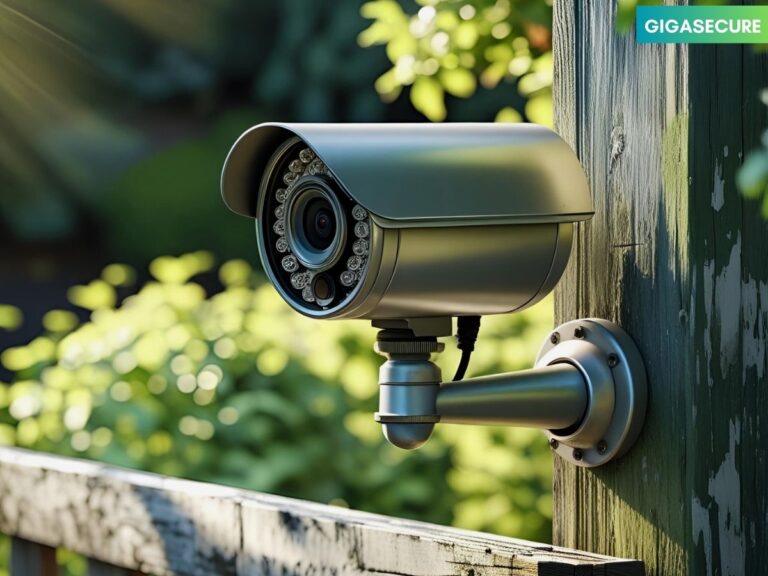Stop Hackers: Protect Your Outdoor Camera Now
I remember the day I set up my first outdoor security camera. It made me feel safer at home. But I quickly learned that just having a camera isn’t enough. It must be secure too.
Outdoor cameras can scare off intruders. But if not secured, they can be a weak spot. Hackers can get into these cameras, risking the safety and privacy of everyone at home.
Keeping my outdoor camera safe is a big deal. It needs careful attention. In this article, I’ll share how I keep my camera safe from hackers.
Key Takeaways
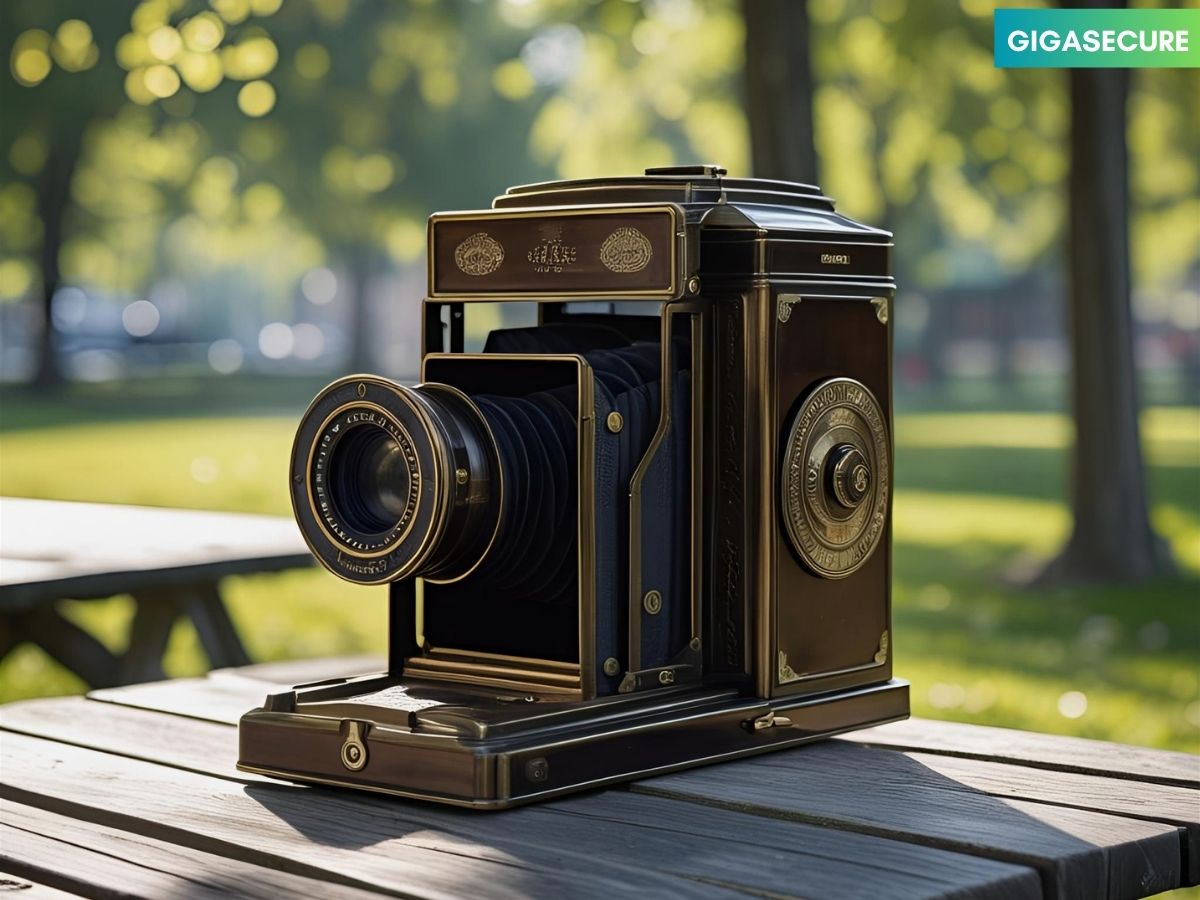
The Growing Threat to Outdoor Security Cameras
Outdoor security cameras are becoming more common, but they face a big threat from hackers. We install these cameras to keep our homes safe. But, we must also know about the risks they carry.

Why Hackers Target Home Security Systems
Hackers target home security systems for many reasons. Some do it for fun, while others have bad intentions like spying. A study found that over 70% of homeowners have faced cyber threats from their security cameras.

“The rise in IoT devices has made it easier for hackers to find weaknesses,” a cybersecurity expert notes.
Common Vulnerabilities in Outdoor Cameras
Outdoor cameras can be hacked because of a few common problems. These include default passwords not changed, outdated firmware, and weak network setups. To avoid hacking, knowing these issues and acting on them is key.
Using hacking prevention tips like updating firmware and choosing strong passwords can help a lot. By understanding and addressing these risks, homeowners can keep their outdoor cameras safe from hackers.
Understanding How Outdoor Cameras Get Hacked
It’s key to know how outdoor cameras get hacked to stop security breaches. These cameras, like any connected device, can be hacked if not secured well.
Common Attack Methods Used by Hackers
Hackers use many ways to get into outdoor cameras without permission. One way is to use default or weak passwords. Many people don’t change the default login, making it simple for hackers to get in.
Another tactic is to find and use weaknesses in the camera’s software or firmware. Keeping firmware up-to-date is key to fixing known issues.
Hackers might also try phishing or social engineering to get login details. They could even guess passwords using brute-force attacks. To prevent camera hacking, use strong, unique passwords and turn on two-factor authentication.

Real-World Examples of Camera Hacking Incidents
There have been many cases where outdoor cameras were hacked, leading to privacy and security issues.
For example, in 2019, a family in the U.S. found their camera had been hacked when they heard a stranger’s voice. In another case, hackers used a home security camera to scare the people inside.
These stories show why it’s vital to protect outdoor cameras. By knowing how hackers work and taking steps ahead of time, homeowners can lower the chance of their cameras being hacked.
Choosing a Secure Outdoor Camera
Choosing a secure outdoor camera is key to protecting your home and family. With many options out there, it’s important to know what to look for. This ensures your outdoor camera setup is safe.
Security Features to Look For
When picking an outdoor camera, focus on certain security features. Look for end-to-end encryption to protect your video feed. Also, two-factor authentication adds security by needing a second verification step.
Other key features include regular firmware updates and secure passwords. You should also be able to limit access to certain users. These features boost your outdoor camera’s security.

Brands With Strong Security Reputations
Some brands are known for their focus on security in outdoor cameras. Arlo, Ring, and Reolink invest in security and update their firmware often. This keeps your camera safe from threats.
When looking at brands, check if they share their security practices openly. Also, see if they respond quickly to security issues.
Avoiding Red Flags When Shopping for Cameras
When buying an outdoor camera, watch out for red flags. Avoid cameras with old firmware or default passwords that can’t be changed. Also, steer clear of brands that don’t clearly talk about their security.
Be careful of very cheap cameras or brands with a history of security problems. Knowing these red flags helps you make a better choice. This way, you can pick a camera that really improves your home’s security.
Secure Your Network: The First Line of Defense
Securing your network is the first step to protect your outdoor cameras from hackers. A strong network security setup is key. By following a few steps, you can make your outdoor camera system much safer.
Setting Up a Dedicated IoT Network
Creating a separate network for your IoT devices, like outdoor cameras, is a smart move. This keeps hackers out of your main network.
You’ll need a router that supports multiple SSIDs or a separate router for IoT devices. This simple action can lower your security risk a lot.
Configuring Your Router for Maximum Security
Setting up your router right is essential for network security. First, change the default admin password to something strong and unique.
Then, turn on WPA3 encryption for the latest security. Also, update your router’s firmware often to fix security holes. Lastly, turn off unused features to block hacker entry points.

Using Strong Wi-Fi Encryption
Strong Wi-Fi encryption is also key to network security. Use WPA3 if your router supports it; if not, WPA2 is the next best thing.
Stay away from old protocols like WEP or WPA, as hackers can easily crack them. Strong encryption keeps your camera data safe and private.
By taking these steps, you can greatly improve your outdoor camera system’s security. This will help protect it from hacking attempts.
How to Prevent Your Outdoor Camera from Being Hacked: Essential Steps
To keep your outdoor camera safe, follow some key steps. These steps can greatly lower the chance of it being hacked. By doing so, you protect your home and family from security threats.
Changing Default Credentials Immediately
Changing your camera's default login info is a simple yet effective step. Default usernames and passwords are often known to hackers. So, change them right after setting up your camera.
To do this, go to your camera’s settings through its web interface or app. Look for the option to change the username and password. Use a strong, hard-to-guess password.
Creating Strong, Unique Passwords
A strong, unique password is essential for your camera. It should be at least 12 characters long. Include letters, numbers, and special characters. Avoid using your name, birthdate, or common words.
Also, use a different password for your camera than for other devices. This keeps your other accounts safe if your camera’s password is compromised.

Enabling Two-Factor Authentication
Two-factor authentication (2FA) adds extra security to your camera. It requires a password and another form of verification, like a code or biometric scan.
With 2FA, hackers need both your password and the second verification to access your camera. This greatly reduces the risk of unauthorized access.
Updating Firmware Regularly
Keeping your camera’s firmware up-to-date is also key. Firmware updates fix security issues found after the camera was made or last updated.
To update, check the manufacturer’s website or use the camera’s app. It will tell you when an update is ready.
| Security Measure | Description | Benefit |
|---|---|---|
| Change Default Credentials | Alter the default username and password | Prevents unauthorized access |
| Create Strong Passwords | Use complex, unique passwords | Reduces risk of password guessing |
| Enable Two-Factor Authentication | Add an extra layer of verification | Enhances security against hacking |
| Update Firmware Regularly | Keep the camera’s software up-to-date | Fixes security vulnerabilities |
By taking these steps, you can make your outdoor camera much more secure. This protects your home from cyber threats.
“The best way to predict the future is to implement the right security measures today.”
— Cybersecurity Expert
Securing Your Camera’s Physical Installation
Securing your outdoor camera’s physical setup is as important as protecting it from cyber threats. A well-installed camera offers a safe and reliable way to watch over your space. It also keeps your system safe from unauthorized access and hacking.
Optimal Placement for Security
When setting up your outdoor camera, pick a spot that’s both strategic and hard to tamper with. I suggest placing cameras in spots that are tough for intruders to reach, like high up on walls or in corners.
Make sure the camera’s view covers the area you want to watch without being too obvious. As security expert Bruce Schneier once said,
“If you think technology can solve your security problems, then you don’t understand the problems and you don’t understand the technology.”
Protecting Against Physical Tampering
To keep your outdoor camera safe from tampering, use mounts and housings that are hard to mess with. These can stop intruders from easily taking down or disabling your camera.
Always check your cameras for signs of tampering, like loose parts. Also, make sure your camera’s wiring is secure and not easy to get to.
Using a camera with a vandal-resistant design can also boost its physical security. For example, cameras with an IK10 rating can handle a lot of physical impact.

Managing Camera Access and Permissions
Securing your outdoor camera is more than just installing it. It also means managing access and permissions carefully. It’s important to control who can see the camera feed.
User Accounts and Privileges
Setting up user accounts and privileges is key to securing your camera. I create unique usernames and strong passwords for all users. It’s important to give users only the access they need.
For example, if a family member just needs to see the camera feed sometimes, I limit their access. This way, they can only view the feed, not change settings.

Monitoring and Limiting Remote Access
Monitoring and limiting remote access to my camera is also vital. I only enable remote access when it’s needed. It’s protected by strong passwords and two-factor authentication.
Regularly checking the camera’s access logs helps spot any suspicious activity. If I see any unauthorized access, I change my passwords right away. I also tell the camera’s maker if it’s needed.
By managing user accounts, privileges, and remote access, I greatly improve my camera’s security. This protects my privacy and property.
Encryption and Advanced Security Measures
Keeping your outdoor camera safe is key. Hackers use new tricks all the time. So, it’s important to use the latest security tools.
Understanding End-to-End Encryption
End-to-end encryption makes your camera’s data safe. It keeps the data locked from the moment it’s captured to when you see it. Even if someone tries to intercept it, they can’t read it without the right key.
To turn on end-to-end encryption, check if your camera can do it. Then, follow the maker’s guide to set it up.
VPN Solutions for Outdoor Camera Systems
A VPN adds more security by wrapping your camera’s data in a protective layer. This is great for watching your camera from afar.
Disabling Unnecessary Features and Services
Turning off unused features helps keep your camera safe. Check your camera’s settings often. Make sure only the features you need are on.
| Security Measure | Description | Benefit |
|---|---|---|
| End-to-End Encryption | Encrypts data from camera to viewing device | Protects data from interception |
| VPN | Encrypts data transmission | Secures remote viewing |
| Disabling Unnecessary Features | Reduces possible weaknesses | Lessens hacking danger |

Using these advanced security steps can make your outdoor camera much safer. It helps keep your privacy and property safe.
Recognizing Signs Your Camera Has Been Compromised
It’s key to spot signs of a hacked camera to keep your home safe. I stress the need for a secure outdoor camera setup. Being alert to possible hacks is vital.
Unusual Behavior and Performance Issues
If your camera acts strangely, like moving by itself or showing lag, it might be hacked. Other warning signs include:
- Unusual or unexplained movements
- Poor video quality or distorted images
- Frequent disconnections or unresponsiveness
These signs mean your camera’s security might be at risk. You should act fast to prevent camera hacking.
Monitoring Network Traffic for Suspicious Activity
Watching your network traffic can spot security breaches. Look for odd patterns or data usage spikes that hint at unauthorized access. Use network monitoring tools to:
- Track data usage and identify unusual patterns
- Detect unknown devices connected to your network
- Alert you to possible security threats
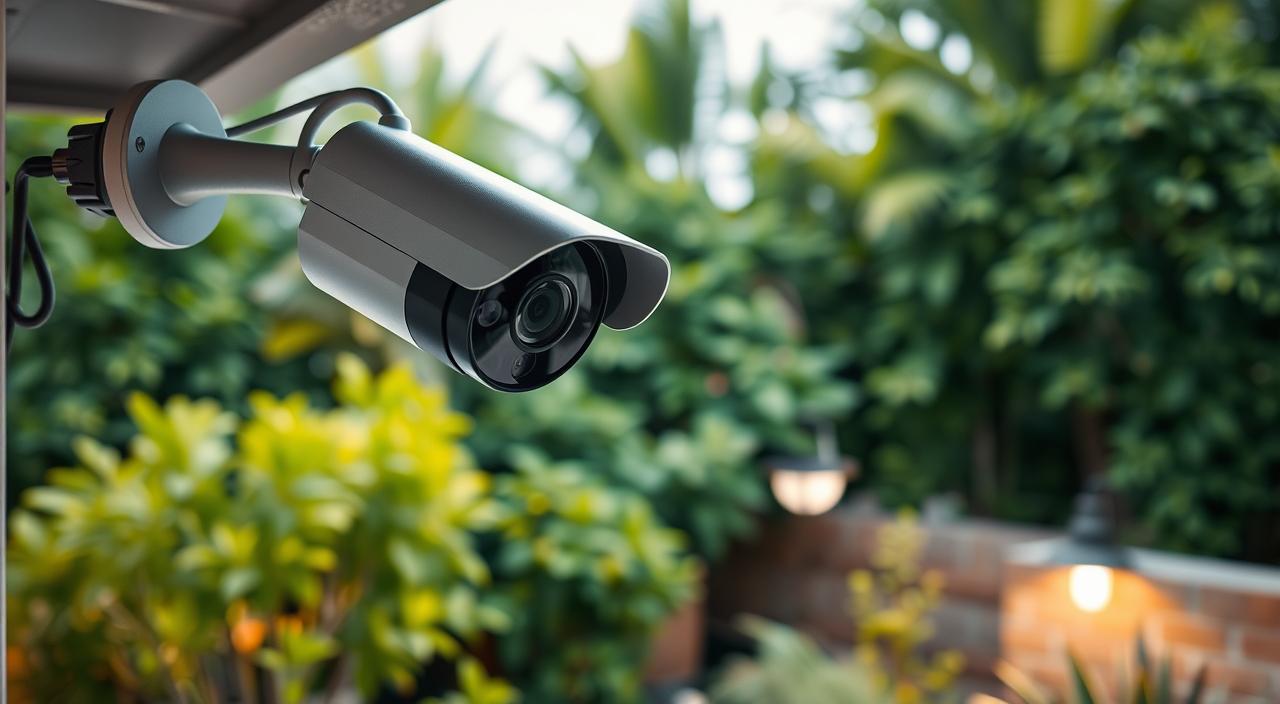
By staying ahead and watching your camera and network, you can spot and fix security issues fast. This keeps your outdoor camera a strong part of your home’s safety.
What to Do If Your Camera Gets Hacked
A hacked outdoor camera is a serious security breach that needs immediate action. If you think your outdoor camera has been hacked, act fast to limit damage.
Immediate Steps to Secure Your System
To secure your system right away, follow these steps:
- Disconnect the camera from the network to stop further unauthorized access.
- Change the camera’s password to a strong, unique one.
- Update the camera’s firmware to the latest version.
These steps will help stop the breach and block more hacking attempts.
Reporting Security Breaches
If you’ve had a security breach, it’s key to report it. This helps catch the hackers and stops future breaches.
- Notify the manufacturer about the breach for their help and advice.
- Report the incident to local law enforcement if needed.
- Tell your internet service provider about the breach to ensure they act.
By taking these actions, you can protect your outdoor camera security and stop future hacking.

FAQ Of Stop Hackers: Protect Your Outdoor Camera Now
What are the most common ways outdoor cameras get hacked?
Outdoor cameras can be hacked in several ways. This includes using weak passwords, malware, or exploiting software vulnerabilities.
How can I check if my outdoor camera is secure?
To ensure your outdoor camera is secure, start with a strong password. Make sure it’s connected to a secure network. Also, keep the firmware up to date. Watch for any odd behavior.
What security features should I look for when buying an outdoor camera?
When shopping for an outdoor camera, look for end-to-end encryption and two-factor authentication. Also, check for regular firmware updates. Brands like Ring, Arlo, and Nest are known for their security.
Can I use a VPN to secure my outdoor camera?
Yes, using a VPN can secure your outdoor camera. It encrypts data between the camera and your network. This adds protection against hackers.
How often should I update my outdoor camera’s firmware?
Update your outdoor camera’s firmware as soon as updates are available. Try to do this every few months. This keeps your camera secure with the latest patches.
What should I do if I suspect my outdoor camera has been hacked?
If you think your camera has been hacked, act fast. Change your password and check for odd activity. Update your firmware and consider resetting your camera to its factory settings.
Can physical tampering affect my outdoor camera’s security?
Yes, physical tampering can harm your camera’s security. Install your camera in a safe spot, out of reach. Use tamper-resistant mounts or housings to protect it.
How can I limit remote access to my outdoor camera?
To limit remote access, set up user accounts with specific permissions. Use two-factor authentication. You can also restrict access to certain IP addresses or limit device connections.
Conclusion: Balancing Convenience and Security
As we use outdoor cameras more for home security, finding a balance is key. We must protect our cameras from hackers. This way, we can keep our homes safe.
To keep our cameras secure, we need to follow some important steps. Changing default passwords and using strong ones is a must. Also, enabling two-factor authentication adds an extra layer of protection.
Keeping your camera’s software up to date is also vital. Watching for any unusual network activity helps too. These actions help keep your cameras safe from hackers.
By taking these steps and staying alert, we can enjoy the benefits of outdoor cameras. At the same time, we keep our homes and families safe. It’s important to check and update your camera’s security settings often.
Being proactive and careful helps protect our outdoor cameras. This way, they can keep our homes safe from intruders.
